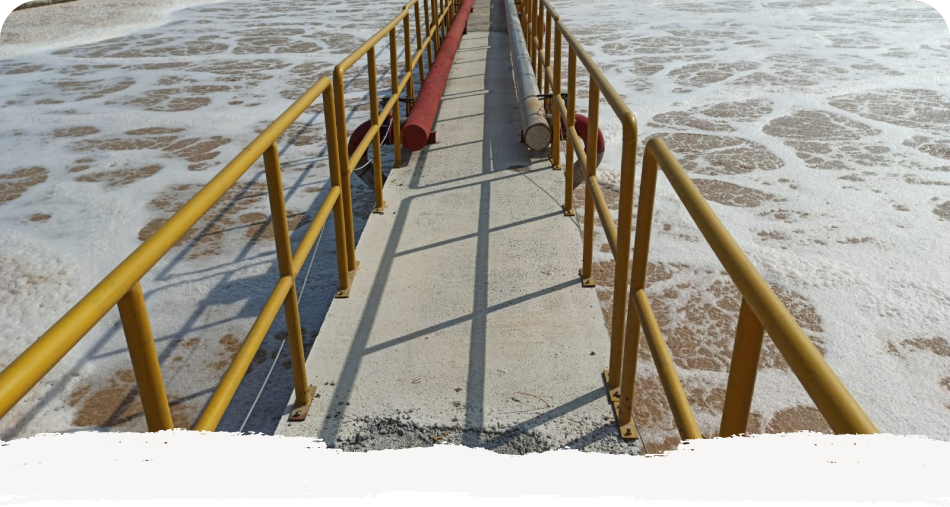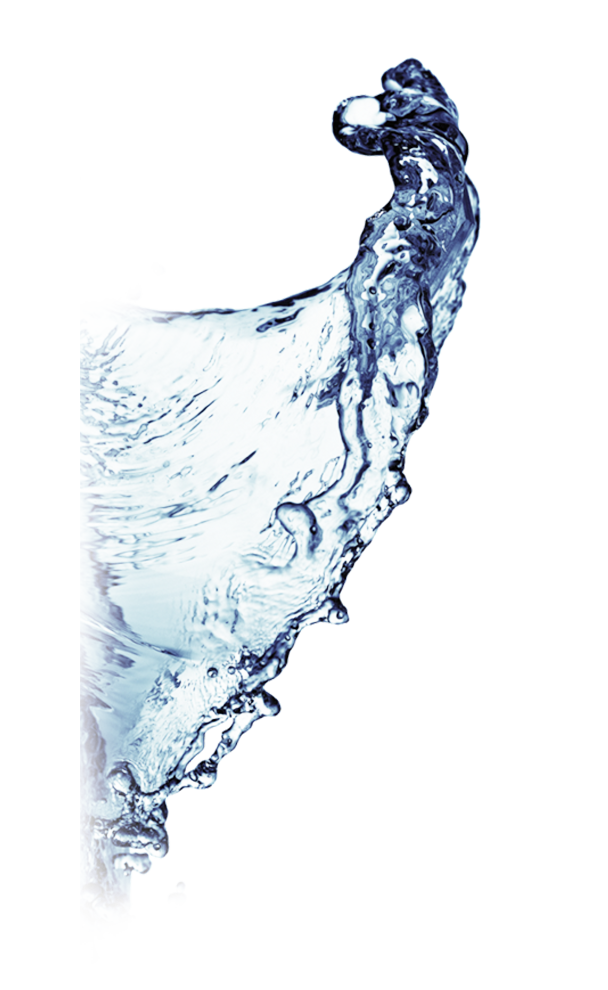Wastewater Treatment
In order to return the wastewater generated during our paper production activities and domestic wastewater back to nature without harming the environment, we use a modern treatment plant. This plant has a capacity of 9,400 m³/day and consists of physical, chemical, and biological treatment units.

Treatment Processes
Physical Treatment
Large particles and solid materials in the wastewater are captured in the physical treatment units. Mechanical filters and sedimentation tanks are used at this stage.
Chemical Treatment
After physical treatment, chemical substances are added to the water to precipitate dissolved pollutants and separate them from the water. This process helps reduce harmful components in the wastewater.
Biological Treatment
In the final stage, organic materials in the wastewater are broken down by microorganisms in the biological treatment units. This step is critical for ensuring the water is safely returned to nature without causing harm.
Continuous Monitoring and Control
Monitoring is continuously carried out through laboratories located within the production and treatment facilities. The treated water is constantly monitored by the Ministry of Environment, Urbanization, and Climate Change through the Continuous Wastewater Monitoring System (SAIS) located at the plant’s outlet. Thanks to this system, the discharged water meets safety standards well below the discharge limits, ensuring it is safely released back into the environment.
Water Recovery Projects
Treated water from the plant is reused in production processes through newly initiated projects, minimizing the amount of discharged water. This eco-friendly approach aims to use water resources efficiently and reduce environmental impacts.


